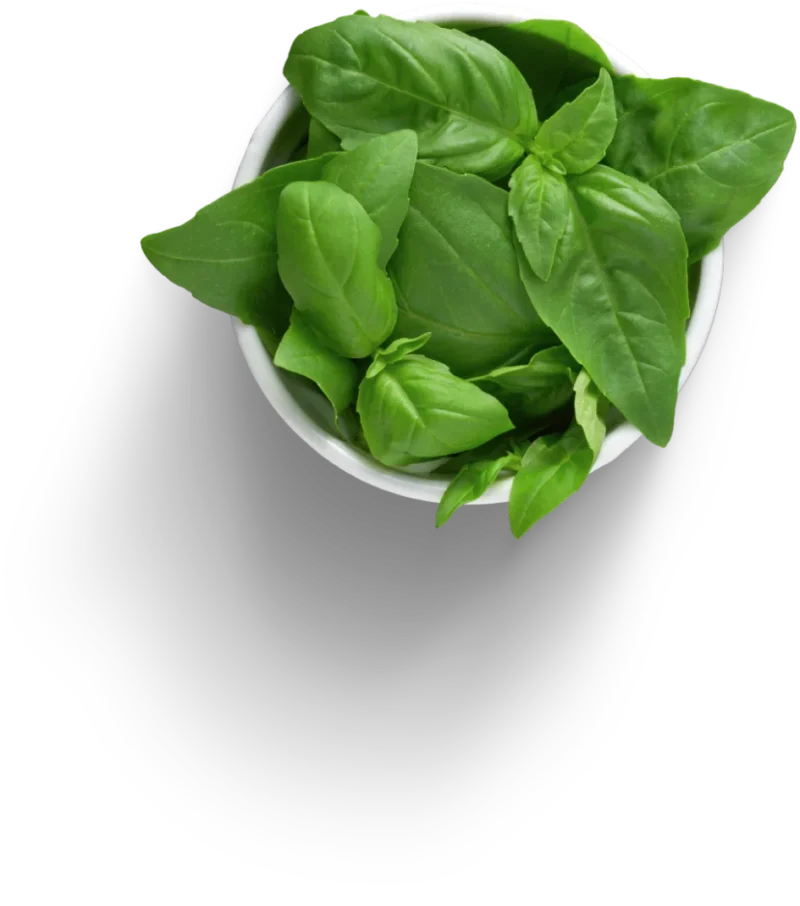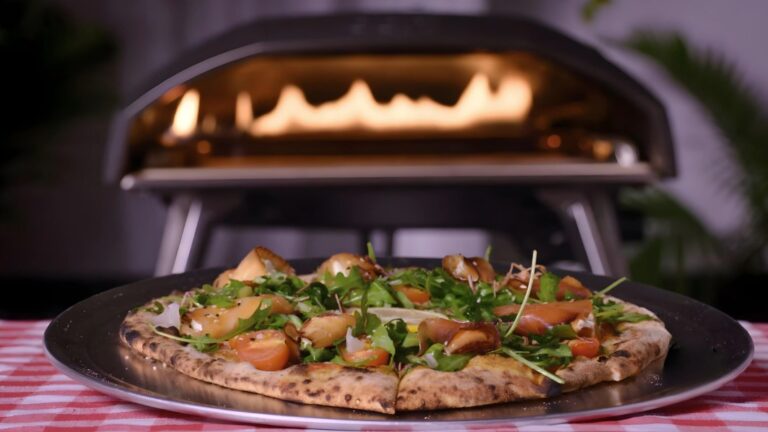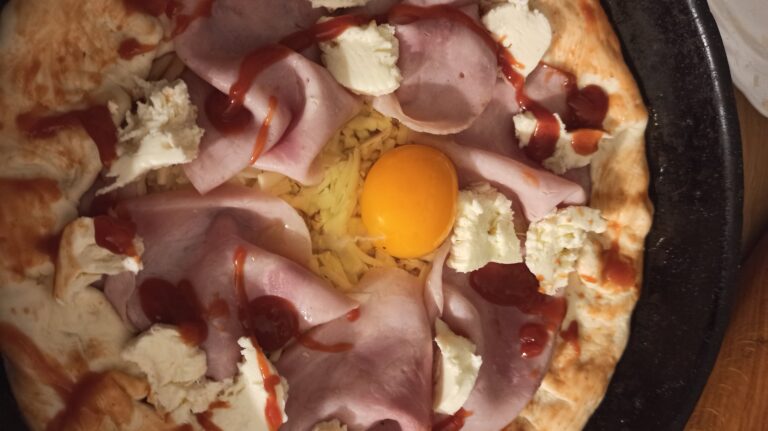If you’re like me, you know that making a great pizza is all about choosing the right cheese. It’s about how the cheese melts, browns, and complements your toppings.
Today, I want to share with you the world of cheese varieties that can take your homemade pizzas from good to absolutely mouthwatering.
1. Mozzarella
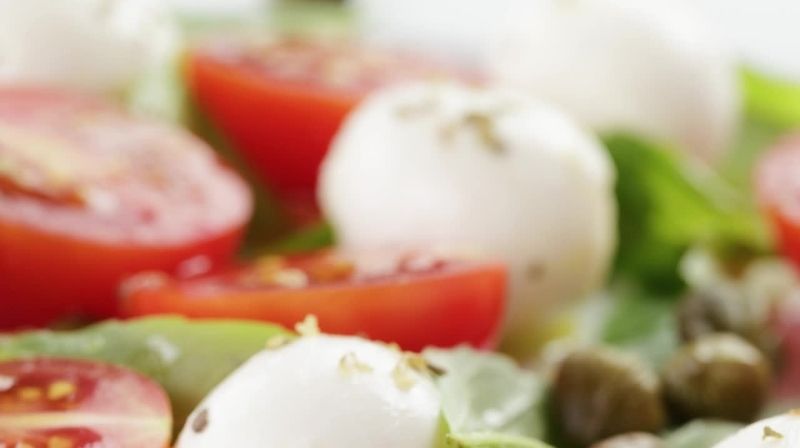 Mozzarella is adored for its creamy texture and mild flavor. Originating from Italy, this cheese has two main types: high-moisture and low-moisture.
Mozzarella is adored for its creamy texture and mild flavor. Originating from Italy, this cheese has two main types: high-moisture and low-moisture.
High-moisture mozzarella, known for its creamy taste, is perfect for Neapolitan and Greek pizzas, while low-moisture mozzarella, with its longer shelf life and saltier flavor, is ideal for Margherita pizzas.
The elasticity of mozzarella makes it ideal for that classic pizza pull, a feature beloved by pizza enthusiasts.
Its subtle flavor doesn’t overshadow the taste of other fresh ingredients, making it a harmonious addition to any pizza. Mozzarella also has health benefits, being a good source of calcium and protein.
The best option with mozzarella is classic Margherita.
Pairings
Mozzarella’s mild flavor makes it a versatile base for various toppings. It pairs beautifully with classic ingredients like pepperoni, basil, and tomatoes, enhancing their flavors without overpowering them.
The cheese’s creamy texture complements the spicy kick of pepperoni and the freshness of basil, creating a well-balanced bite.
Mozzarella also works well with unconventional toppings like artichokes and roasted red peppers, offering a canvas for culinary creativity. Its adaptability makes it a favorite for both traditional and gourmet pizzas.
2. Provolone
Provolone, a semi-hard Italian cheese, varies in flavor based on its aging. Younger provolone is sweeter and creamier, suitable for pizzas requiring a milder taste. In contrast, aged provolone offers a sharper, drier profile, perfect for pizzas with bold flavors.
The aging process of provolone can range from a few months to over a year, significantly altering its taste and texture.
This cheese is also known for its smooth melt, which makes it a great layering cheese on pizzas. Provolone’s versatility extends beyond pizza, being a staple in Italian sandwiches and salads.
Pairings
Provolone’s adaptability makes it suitable for a wide range of pizzas, from Italian tomato pies to Greek pizzas. It complements toppings like chicken, basil, and tomatoes, adding a nuanced flavor to the pizza.
The sweet notes of young provolone can enhance the flavors of milder toppings like spinach and mushrooms.
Aged provolone, with its bolder taste, stands up well to stronger flavors like spicy sausage or pepperoni.
Its ability to mix with other cheeses makes it a popular choice for creating complex cheese blends on pizzas. Pairing with some herbal seasonings is the right way to go as well.
3. Cheddar
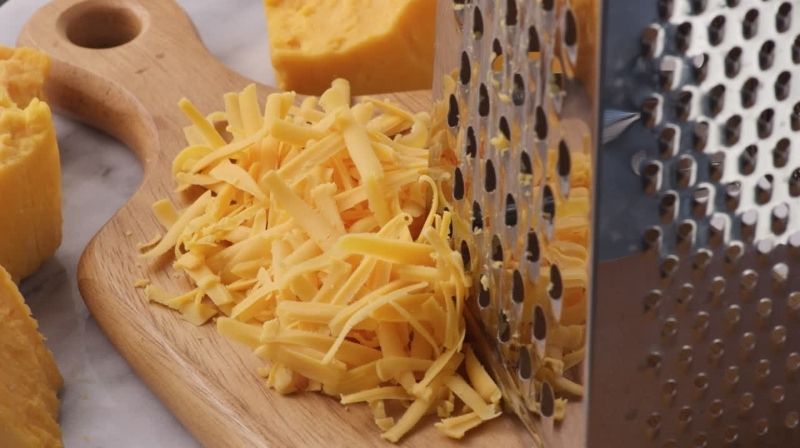
Cheddar, known for its sharp and earthy flavor, is a popular choice in cheese blends for pizza. Its lower elasticity means it doesn’t blister easily, making it a great addition to pizzas where a bold, sharp taste is desired.
Cheddar comes in various levels of sharpness, from mild to extra sharp, allowing for customization of flavor intensity on the pizza.
This cheese’s rich color can add an appealing visual element to the pizza, especially when used in combination with other cheeses. Cheddar is also a good source of essential nutrients like vitamin K and phosphorus.
Cheddar Pairings
Cheddar’s versatility shines when paired with toppings like bacon, pineapple, and caramelized onions, creating a unique flavor profile that stands out in the world of pizza.
The sharpness of cheddar complements the sweetness of pineapple and the savory depth of bacon, offering a delightful contrast.
Cheddar is also excellent with more unconventional toppings like apple slices or walnuts, providing a gourmet twist to traditional pizza recipes.
Its robust flavor can stand up to hearty meats like pulled pork or beef, making it a favorite for BBQ-style pizzas.
4. Parmesan
Parmesan is best used as a garnish on freshly baked pizzas. Its nutty and slightly sweet flavor is best preserved when not exposed to high heat, making it an ideal finishing touch rather than a main ingredient.
Parmesan adds a burst of umami, enhancing the overall flavor profile of the pizza.
This cheese is often finely grated or shaved, allowing it to melt slightly and adhere to the toppings. It’s rich in calcium and protein, making it not only a flavorful addition but also a nutritious one. Parmesan enhances the flavor of pizzas like Sicilian, Margherita, and Hawaiian.
It pairs well with mozzarella, bacon, and arugula, adding a savory depth to the pizza. The cheese’s subtle flavor complements the acidity of tomato-based sauces and the richness of meats.
Parmesan can also be paired with vegetarian toppings like grilled zucchini or eggplant, adding a savory note to lighter pizzas. Its versatility makes it a staple in many pizza kitchens.
5. Gouda
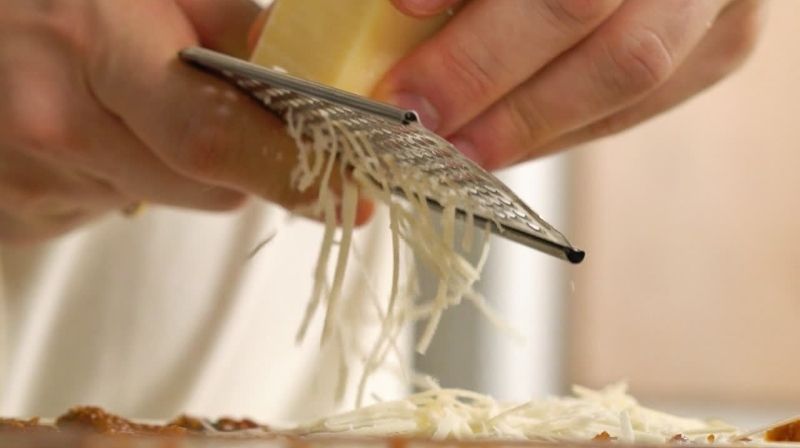
Gouda, a semi-hard Dutch cheese, is known for its buttery and smoky flavor. Its versatility makes it an excellent choice for pizzas with barbecued meats, offering a harmonious balance of sweet and savory.
It comes in various ages, from young and creamy to aged and crumbly, each bringing a different texture and flavor to the pizza.
The smoked variety of Gouda adds a distinctive smoky flavor, ideal for pizzas with a rustic, hearty character. It is not only flavorful but also a good source of essential nutrients like vitamin B12 and zinc.
Perfect Pairings
Gouda pairs well with toppings like pulled pork, barbecue chicken, and mushrooms, enhancing the pizza’s overall smokiness and richness.
The cheese’s creamy texture complements the savory flavors of meat, while its sweet notes pair well with caramelized onions or roasted peppers.
Gouda can also be combined with milder cheeses like mozzarella to balance its strong flavor, making it a versatile choice for cheese blends.
6. Goat Cheese
Goat cheese, with its distinct tart and earthy flavor, brings a unique twist to pizza. Its creamy texture when young and hard texture when aged make it suitable for a variety of pizza styles. Goat cheese is known for its lower lactose content, making it a good option for those with lactose sensitivities.
It is also rich in essential nutrients like vitamin A and potassium, making it a healthy and flavorful addition. Furthermore, it pairs well with caramelized onions, figs, and peppers, offering a burst of savory taste with each bite.
The cheese’s tartness complements the sweetness of figs and the richness of caramelized onions, creating a sophisticated flavor combination.
It has an excellent with leafy greens like spinach or arugula, adding a fresh and earthy element to the pizza. Its versatility makes it suitable for both traditional and experimental pizza recipes.
Summary
Making pizza at home is all about experimenting and finding what you love best. We’ve looked at different types, from the usual mozzarella to others like gouda and ricotta.
Each one has its own special taste and way of melting.
So don’t be afraid to mix and match, or try something new. Who knows, your next pizza creation with these cheeses could be your best one yet!🍕
Related Posts:
- Pizza Sizes at Hunt Brothers Pizza - Making the…
- Pizza Hut Vs Domino’s: Who Makes A Better Pizza…
- New York-Style Pizza Characteristics - What Makes It…
- How to Choose the Right Pizza Oven for My Needs - 2024 Guide
- Pizza Hut Pizza Sizes - Inches, Prices, Calories,…
- Pizza and Wine: A Classic Duo - Discover the Best…




